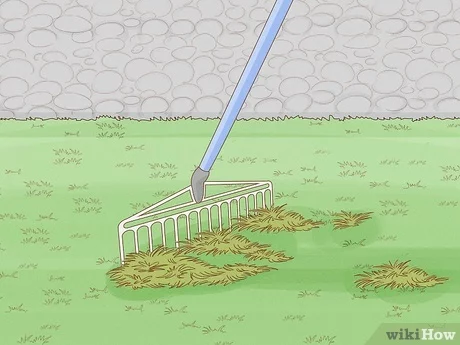How to Adjust Action on a Bass: 10 Steps

Introduction:
The action of your bass guitar refers to the distance between the strings and the fretboard. Properly adjusting this distance is essential for optimal playability and comfort. In this article, we will walk you through a comprehensive 10-step guide on how to adjust action on a bass guitar.
Step 1: Gather Necessary Tools
To start, gather all the necessary tools: an adjustable wrench, a Phillips screwdriver, measuring tool (such as a ruler or digital calipers), and a capo.
Step 2: Establish a Baseline
Tune your bass guitar to standard tuning. To ensure that your adjustments are accurate, it’s important to have the instrument in tune before making any changes.
Step 3: Determine Your Desired Action
Decide the desired action for your bass guitar based on your personal playing style and preferences. Lower action will enable faster playing but may cause fret buzz, while higher action can increase sustain and clarity but make the instrument harder to play.
Step 4: Measure Current Action
Place the capo on the first fret and hold the string down at the last fret. Measure the distance between each string and the fretboard at around the 12th fret using a measuring tool.
Step 5: Adjust Truss Rod Tension
Locate your truss rod access. It is usually near the headstock under a truss rod cover or at one end of your neck. Use an adjustable wrench to loosen or tighten the truss rod as needed to adjust your bass neck’s bow; clockwise for more relief (greater curvature), counterclockwise for less relief (flatter).
Step 6: Re-measure Action with Truss Rod Adjustment
Re-measure your action after adjusting the truss rod. If it is still not at your desired level, proceed to step seven.
Step 7: Adjust Bridge Height
Adjust the bridge height with the adjustable wrench/screwdriver depending on the bridge type. Turn the bolts or screws clockwise to lower the action or counterclockwise to raise it.
Step 8: Check String Intonation
Play a 12th-fret harmonic on each string, followed by the fretted note at the same position. If these two notes are not in tune with each other, intonation adjustment is necessary. Adjust the saddle location on your bass bridge, moving it slightly towards or away from the neck until both notes match.
Step 9: Re-tune Your Bass
After making all necessary adjustments, re-tune your bass and re-measure your action to ensure it remains within your desired range.
Step 10: Test Playability and Make Further Adjustments
Test playability by playing a variety of techniques and styles across the entire neck. Make sure there is no fret buzz and that all strings have clear harmonic content. If necessary, make further adjustments to truss rod and bridge height as needed.
Conclusion:
By following these 10 steps, you can successfully adjust your bass guitar’s action for optimal playability tailored to your personal preferences. Always remember to be gentle and patient when making adjustments to avoid damaging your instrument. Happy playing!






